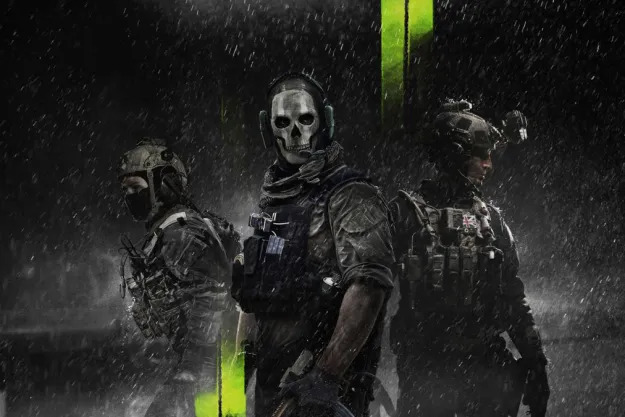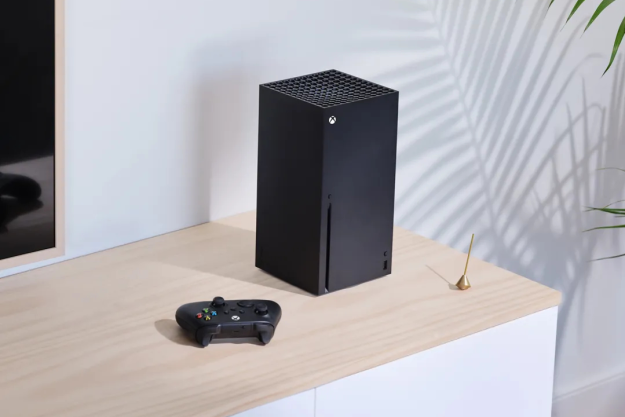To freely walk in a virtual world, Strider VR uses a rotating ball array layered over a traditional linear treadmill and a Microsoft Kinect 2 sensor. Most omnidirectional treadmills on the market allow the user to physically rotate a full 360 degrees. This movement can move the player away from the sensor. Strider VR’s system instead actively keeps the body facing forward toward the sensor. It does this by using two DC motors to generate rotational and linear displacement, keeping the user in the center of the platform. According to the developers, the result is a “near perfect illusion of walking in a virtual world.”
As a concept, combining full-body tracking and unrestricted walking still has its own set of drawbacks. As Road to VR points out, the big hurdle is interpreting the virtual movement. This system has to provide responsive virtual movement based on a person’s stride without misinterpreting the recentering movements as inputs. Another drawback of the design is that movement is limited to walking. The corrective motors can’t keep up with the running, strafing, or quick turns that might come with a first person shooter. Additionally, multiple side-steps are not possible.
Based on the footage above, the user appears to be walking cautiously, especially when changing direction. This causes the tracking accuracy of the feet to appear shaky. Additional footage, however, shows that more confident strides are a possibility.
While omnidirectional VR treadmills have yet to gain much traction among consumers, it appears they have become more relevant at the commercial level. The Virtuix Omni has already found success in this space and it appears that Pathbender is heading in the same direction. It remains to be seen whether or not Strider’s motorized platform offers benefits above the low-friction surfaces of its competitors.
Strider VR is currently available as a development kit from German company Pathbender.
Editors' Recommendations
- One year later, my PlayStation VR2 is collecting dust
- Get the most out of Meta Quest 3’s mixed-reality with these VR games
- The best Meta Quest 2 games
- Can you use PSVR2 on PC?
- PlayStation VR2 adds even more games to its launch lineup


